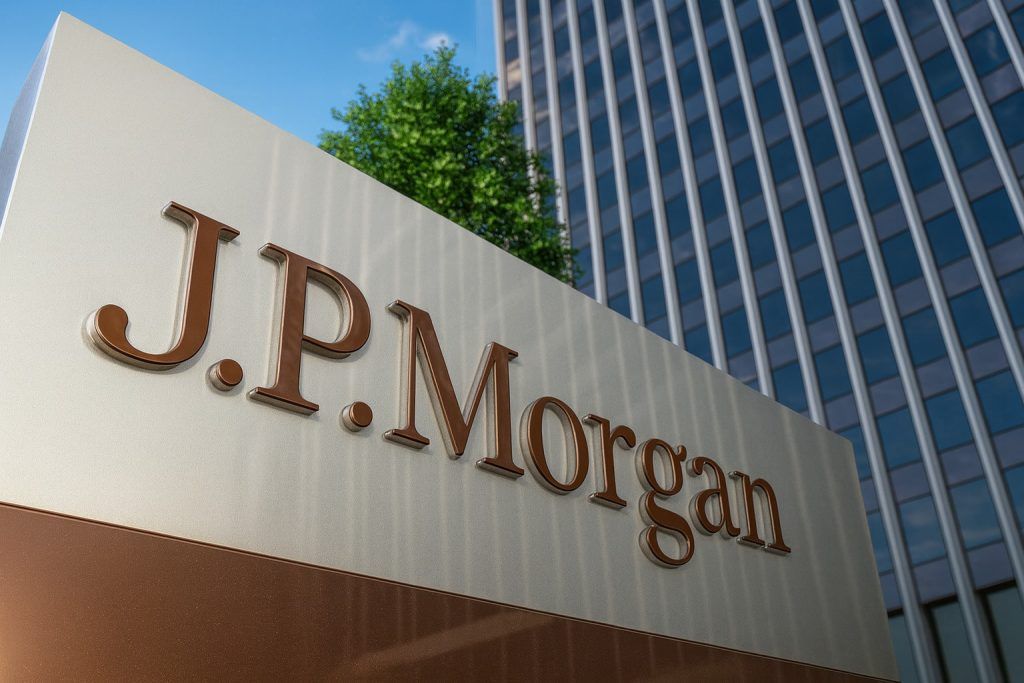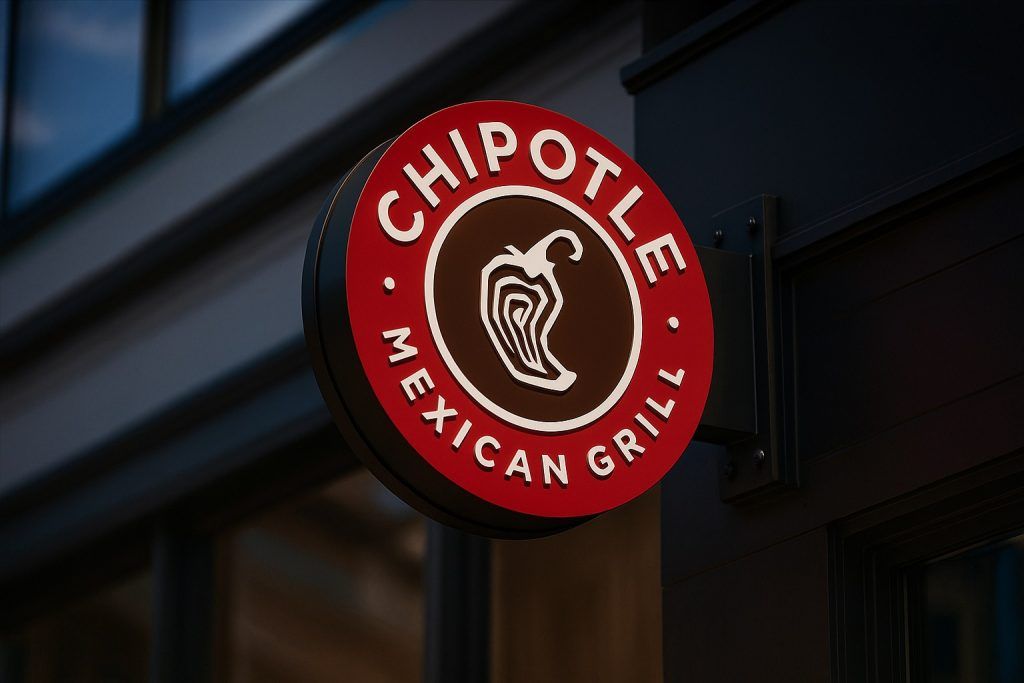- Price & Performance: MA closed around $552.6 on Oct 31, 2025 [1], roughly flat on the week but near its 52-week high (~$602) [2]. The stock is up ~8% YTD [3].
- Q3 Earnings (Oct 30): Revenue $8.60B (+17% YoY) and EPS $4.38 [4], beating consensus ($4.32) [5]. Net profit was $3.96B [6]. CEO Michael Miebach reported “healthy consumer and business spending” in the quarter [7].
- Analyst Sentiment: Over 80% of analysts rate MA a Buy/Strong Buy [8]. The consensus 12-month target (~$660–$661 [9] [10]) implies ~15–20% upside. Firms like UBS raised their target to $700 [11], and Citi is as high as $735. William Blair called MA “the most attractive legacy fintech” [12], reflecting broad confidence. Wells Fargo still has an Overweight rating (with a ~$660 target) [13].
- Growth Initiatives: Mastercard is expanding into crypto/fintech. It will support major USD stablecoins (USDC, PYUSD, USDG, FIUSD) on its network [14], and Reuters reports it’s in “late-stage talks” to buy crypto infrastructure firm Zerohash (~$1.5–2.0B) [15]. Its CPO emphasizes building crypto payments “safe, compliant and built to last” [16]. The company also rolled out new products (an MLB partnership extension, a Merchant Cloud platform, AI-based payment routing, and a subscription management app with U.S. Bank) to drive future growth [17] [18].
- Market Context: Peer card networks remain strong. Visa and American Express also beat Q3 expectations [19], underscoring industry momentum. Broader trends (e.g. FedNow volumes jumped 43% in Q1 2025 [20], and digital wallets are expected to eclipse cards [21]) play to MA’s advantage. However, MA’s valuation is rich (P/E ≈38 vs. ~33 for Visa [22]), so much depends on continued spending strength.
Recent Performance and Q3 Financials
Mastercard (NYSE: MA) has been trading in the mid-$550s heading into the holiday season. By Oct 22 it was ~$570 [23], and it closed Friday (Oct 31) near $552.6 [24]. The stock remains near all-time highs (~$599 in Aug) [25], buoyed by strong earnings and positive news flow. Over the past year MA is up ~+8.7% [26], roughly in line with the S&P 500.
The catalyst has been impressive third-quarter results. On Oct 30, Mastercard reported Q3 revenue of $8.60 billion (up 17% YoY) and adjusted EPS of $4.38 [27]. This handily beat Wall Street’s ~$4.32 estimate [28]. Net profit was $3.96B [29] [30]. Growth was broad-based: cross-border volume surged ~15% and its higher-margin services (fraud protection, data analytics, marketing) grew by roughly 25% YoY [31]. As Reuters notes, “consumer spending has proven resilient,” helping to drive these results [32] [33]. CEO Michael Miebach echoed this, saying the quarter showed “healthy consumer and business spending” despite inflationary pressures [34].
Importantly, Mastercard topped expectations across the board. In fact, its profit outpaced forecasts ($4.38 vs. $4.32) [35], and revenue beat by nearly a half-billion. This followed Visa and AmEx beating their own Q3 targets [36], reflecting a robust consumer spending environment. After the earnings release, MA stock held steady (slight profit-taking afterhours), as analysts balanced the strong top-line with the company’s high valuation (forward P/E ~30) [37] [38].
Analyst Outlook and Valuation
Wall Street is largely bullish on MA. A recent TipRanks survey shows ~80% of analysts giving MA a Buy/Strong Buy rating [39]. The average 12-month price target is about $626–655 [40] (which implies roughly +15% upside from current levels). Notably, some high-profile targets stand out: UBS recently reiterated a Buy and raised its target to $700 [41], and Citi has set targets as high as $735. Conversely, Wells Fargo (also Overweight) pulled its target down modestly to $660 [42]. Overall, the consensus one-year target is roughly $661 [43], about 19–20% above Friday’s close.
These high targets reflect confidence in MA’s growth drivers. William Blair analysts described Mastercard as “the most attractive legacy fintech” [44], given its strong fee-based model and market share gains. However, MA is not a cheap stock. Its current P/E (~38) is higher than Visa’s (~33) [45], implying the market is pricing in hefty future growth. If macro conditions soften, a valuation correction could occur. For now, robust trends in digital payments seem to justify the premium.
Tech & Crypto Push – “Safe, Compliant and Built to Last”
Mastercard is betting heavily on new technologies. A key theme is crypto and blockchain integration. In June it announced support for major USD stablecoins (USDC, PYUSD, USDG, FIUSD) on its payments network [46]. Beyond that, Reuters reports that Mastercard is in “late-stage talks” to acquire crypto startup ZeroHash for about $1.5–2.0 billion [47]. ZeroHash provides fiat-to-crypto rails (custody, stablecoin issuance, etc.) for banks and fintechs. If completed, this deal would be one of Mastercard’s largest bets on blockchain, underlining management’s belief in digital assets.
The company’s executives have been vocal about this strategy. President Jorn Lambert said the goal is to make digital currencies “safe, compliant and built to last” [48], integrating them into Mastercard’s fraud and compliance systems. This suggests MA won’t just dabble – it wants to fully embed crypto payments in its network. Alongside crypto, MA is expanding other tech offerings: it extended its Major League Baseball fan loyalty partnership, launched a cloud-based retailer platform (Merchant Cloud), rolled out AI-driven payment-routing tools (boosting transaction approvals), and even a subscription-management app in partnership with U.S. Bank [49] [50]. Each move aims to generate new fee streams beyond traditional card swipe fees.
The fintech push is already paying off. Mastercard’s “value-added” services – such as cybersecurity, data analytics, and marketing offerings – jumped about 25% year-over-year in Q3 [51]. This outperformance highlights that businesses and consumers are buying more of its premium services. In short, MA is leveraging its network scale into growing adjacent businesses.
Market Context and Industry Trends
Mastercard’s story is set against a backdrop of surging digital payments. Its main competitors – Visa and AmEx – are also doing well. For example, Visa recently beat Q3 expectations and trades around $345 [52], while AmEx has reported double-digit growth and hit record revenues [53] [54]. This broad uptrend in card networks supports Mastercard’s own outlook. Industry data reinforce the tailwinds: U.S. FedNow instant payments volumes jumped 43% QoQ in Q1 2025 [55], and many experts foresee digital wallets soon eclipsing physical cards [56]. Mastercard’s focus on tokenization, stablecoins and embedded finance aligns perfectly with these shifts.
On the other hand, regulators and macro factors could pose risks. MasterCard’s higher valuations and growth assumptions mean any slowdown in consumer spending or credit could weigh on the stock. Also, competition from fintech players (PayPal, Apple Pay, etc.) is fierce. For now, though, Mastercard’s diversity (it earns fees from consumer, commercial, and cross-border transactions) gives some resilience against isolated slowdowns.
Outlook & Forecast
Looking ahead, analysts expect Mastercard to keep growing steadily. At a recent investor presentation, MA projected Q4 revenue growth in the high end of the low-double-digit range [57] – essentially in line with consensus (~$8.7B) [58]. This assumes holiday-season spending remains strong. Wall Street’s full-year 2025 estimates are around $15.9 EPS [59]. If actual spending stays healthy (as Q3 suggested), meeting or beating these forecasts is plausible.
Given the strong Q3 and bullish forecasts, some analysts have turned more optimistic on MA. For instance, UBS’s increase of the target to $700 (just below the high of $735) signals that strategists see room for further upside [60]. In our read, the key things to watch now are: (1) whether consumer travel and big-ticket spending hold up into year-end, (2) progress on the ZeroHash acquisition (or similar fintech M&A), and (3) any early indicators of Q4 results (e.g. volume metrics or pipeline signs from banks).
Bottom Line: Mastercard enters Nov 3 on a strong footing. Recent earnings and strategic moves have generated positive sentiment, and analysts’ targets suggest further upside. However, the stock is richly valued, so execution and growth delivery will be critical. Investors should balance enthusiasm about fintech innovations against the possibility of market pullbacks.
Sources: Company releases and market analysis [61] [62] [63] [64] [65] [66], and news reports from Reuters and TechStock² [67] [68] [69] [70].
References
1. www.marketbeat.com, 2. ts2.tech, 3. ts2.tech, 4. ts2.tech, 5. ts2.tech, 6. www.reuters.com, 7. ts2.tech, 8. ts2.tech, 9. www.nasdaq.com, 10. ts2.tech, 11. www.gurufocus.com, 12. ts2.tech, 13. www.gurufocus.com, 14. ts2.tech, 15. www.reuters.com, 16. ts2.tech, 17. ts2.tech, 18. ts2.tech, 19. www.reuters.com, 20. ts2.tech, 21. ts2.tech, 22. ts2.tech, 23. ts2.tech, 24. www.marketbeat.com, 25. ts2.tech, 26. www.marketbeat.com, 27. ts2.tech, 28. ts2.tech, 29. ts2.tech, 30. www.reuters.com, 31. ts2.tech, 32. www.reuters.com, 33. ts2.tech, 34. ts2.tech, 35. ts2.tech, 36. www.reuters.com, 37. ts2.tech, 38. ts2.tech, 39. ts2.tech, 40. ts2.tech, 41. www.gurufocus.com, 42. www.gurufocus.com, 43. www.nasdaq.com, 44. ts2.tech, 45. ts2.tech, 46. ts2.tech, 47. www.reuters.com, 48. ts2.tech, 49. ts2.tech, 50. ts2.tech, 51. ts2.tech, 52. ts2.tech, 53. www.reuters.com, 54. ts2.tech, 55. ts2.tech, 56. ts2.tech, 57. www.gurufocus.com, 58. www.gurufocus.com, 59. ts2.tech, 60. www.gurufocus.com, 61. ts2.tech, 62. www.reuters.com, 63. www.reuters.com, 64. ts2.tech, 65. www.gurufocus.com, 66. www.gurufocus.com, 67. ts2.tech, 68. www.reuters.com, 69. www.reuters.com, 70. ts2.tech





